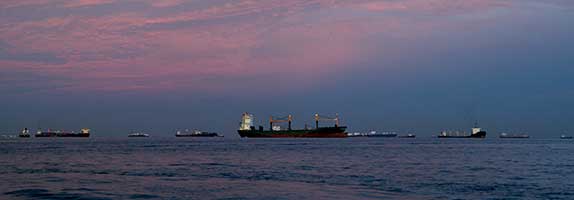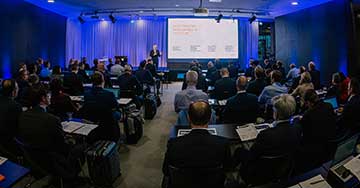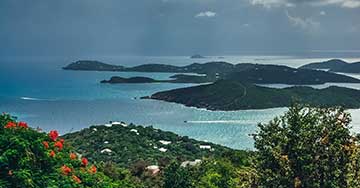
About Energy

About Wärtsilä



Wärtsilä Corporation, Wednesday 14th September 2022 at 09:00 Indochina Time.
Power system modelling by the global technology group Wärtsilä has revealed that renewable-based power systems, backed by grid balancing engines and energy storage, can enable Vietnam to reach net zero by mid-century whilst cutting the levelised cost of electricity (LCOE) by 20% when taking into account likely future carbon taxes.
The modelling, published in Rethinking Energy in Southeast Asia, shows that a combination of renewables plus flexibility, provided by balancing engines and energy storage, can reliably meet Vietnam’s increasing power demand, which has risen at around 10% per year in the last decade, faster than all other Southeast Asian countries.
Critically, when factoring in the International Energy Agency’s (IEA)’s upper forecasted carbon prices[1], the study shows that the LCOE in the net zero power system is at least 20% lower than in the “Business As Usual” (BAU) scenario of the modelling which did not restrict emissions.
Wärtsilä modelled four scenarios for the energy transition in Vietnam by 2050. The first – the “Business As Usual” (BAU) scenario – had no restrictions on emissions. Under this scenario, Vietnam would release 320 million tonnes of CO2 emissions by 2050, a three-fold increase on 2020, putting net zero well out of reach. The report also modelled a “50% Emission Reduction” scenario, where emissions are reduced by 50% by 2050, compared to the BAU scenario, an 80% Emission Reduction – a scenario demanding emissions are reduced by 80% by 2050, compared to the BAU scenario, and finally, the “Net Zero” scenario – where the power system operates with net zero emissions by 2050.
The modelled scenarios all agree that flexibility, in the form of energy storage and balancing engines, is the crucial technological fix to enable renewable energy to become the dominant source of power. In every scenario, 7 GW of balancing capacity is needed by 2030 for the system to meet peak demand. To reach net zero by 2050, Vietnam will need to install a total of 87 GW of balancing capacity.
Key findings:
Building a net zero system would enable Vietnam to cut its LCOE by 20% and avoid nearly $28 billion USD per year in forecasted carbon taxes by 2050.Renewables (including hydro, solar, wind and bioenergy) should provide almost 50% of Vietnam’s power generation by the end of 2030.
Thanh Pham, Vietnam Country Manager, Wärtsilä Energy, said:
“The results of the study clearly show that the opportunity of a generation is in reach for Vietnam’s energy leaders. By creating a renewable and scalable power system, Vietnam can address the new normal of fossil fuel volatility and emission constraints while creating future growth, jobs, and prosperity.
“Decarbonisation is a multi-year process, demanding stringent planning, but Vietnam’s aim to become a net zero economy is viable if the power sector takes the necessary actions today and in the coming decade to deliver a net zero future by 2050.”
By adopting flexibility and renewables at scale, Southeast Asia can also curb emissions and create the right conditions for new technologies – such as green hydrogen produced domestically through electrolysis – to be scaled up. In the “Net Zero” scenario of the report, a 646 GW system is built by 2050 which, aside from creating enough power for Vietnam’s growth, would provide excess electricity to produce 52 TWh of green hydrogen.
To achieve the major benefits of net zero power systems, Vietnam’s policymakers and regulators need to incentivise the addition of more flexible capacity, while creating a more competitive energy market. Wärtsilä recommends the following considerations for capacity planning and policy development:
The study results, published in the Rethinking Energy in Southeast Asia report, simulate the paths to net zero emissions in three major Southeast Asian power systems: Vietnam; the island of Sulawesi in Indonesia; and the island of Luzon in the Philippines[2].
[1] Savings in excess of 20% are calculated when factoring in the IEA’s predicted carbon prices, as set out in World Energy Outlook (2021). https://iea.blob.core.windows.net/assets/4ed140c1-c3f3-4fd9-acae-789a4e14a23c/WorldEnergyOutlook2021.pdf
[2] Sulawesi and Luzon represent 7% and 72% of their countries’ total energy generation, respectively.
© Wärtsilä Corporation